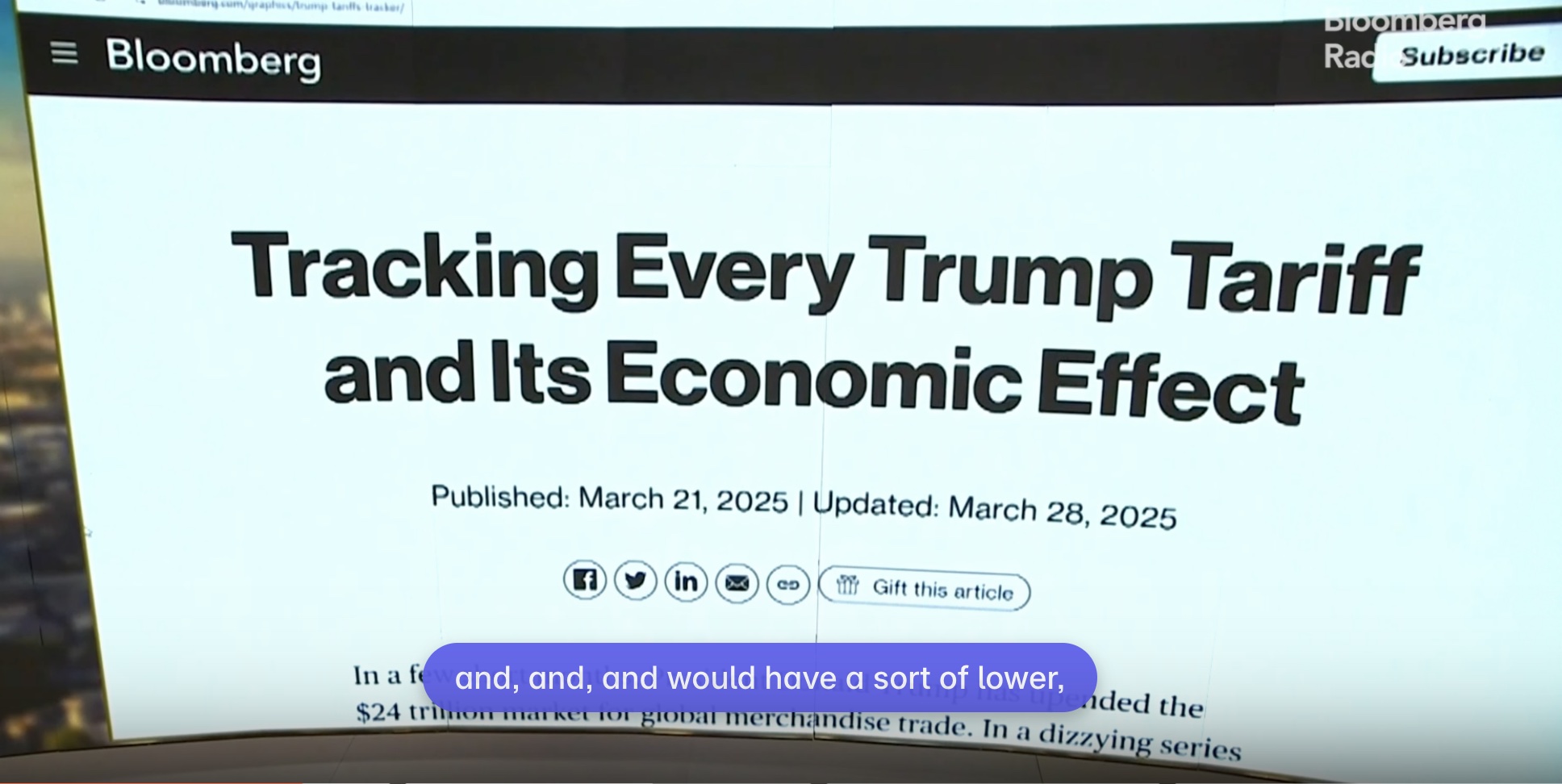By BitVision.ai
Overview
In what many economists call a watershed moment in modern trade policy, Donald Trump’s 2025 tariff plan—unveiled under the “Economic Liberation Day” banner—has triggered sweeping changes across global markets. With new import taxes targeting dozens of countries, the former president has reignited the battle over globalization, reshoring, and American industrial dominance.
This article breaks down every key tariff and analyzes its economic impact across sectors—manufacturing, consumer goods, technology, and agriculture.
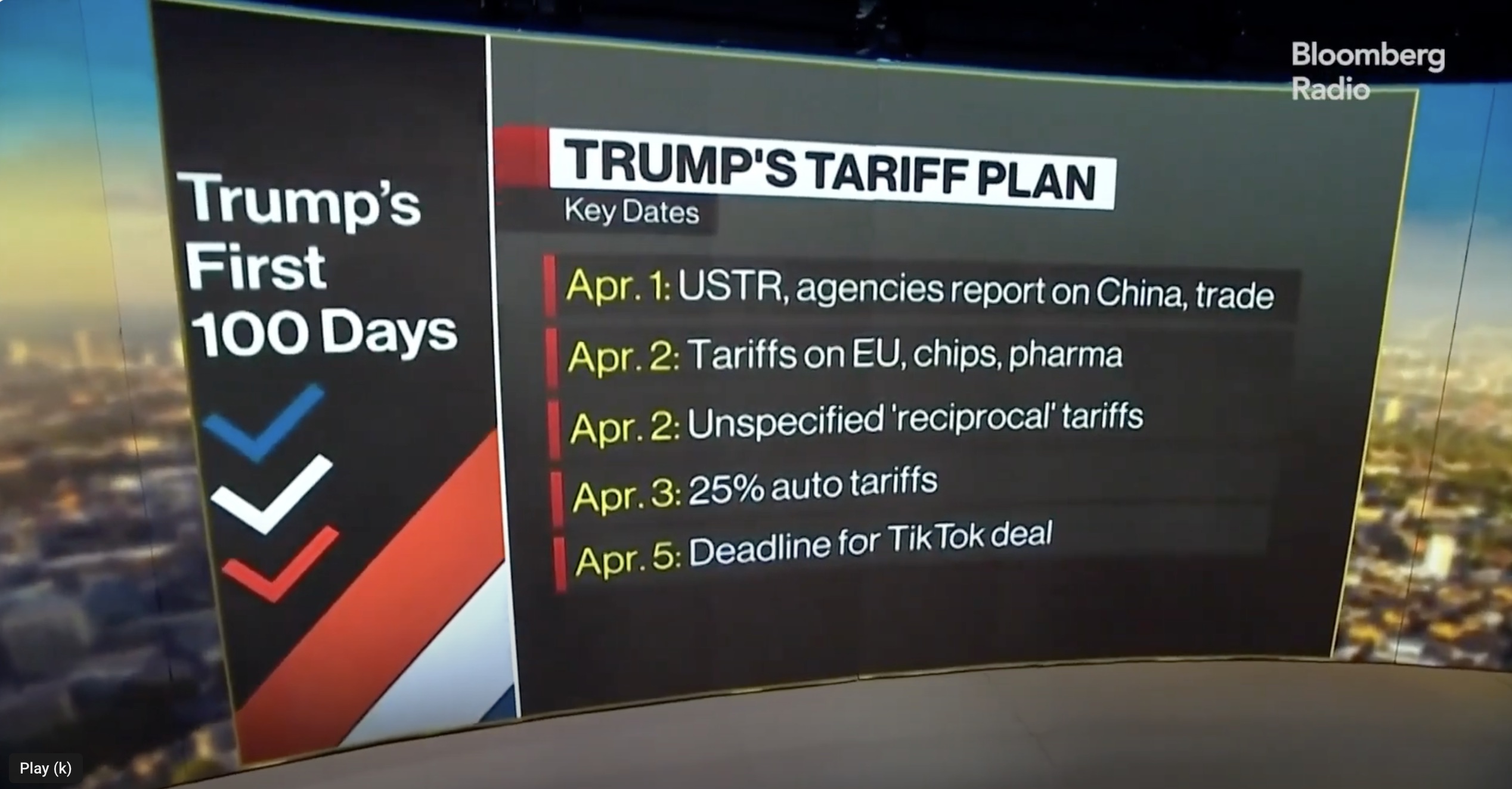
🗺️ Trump’s Tariff Map: Who’s Hit and How Hard
CountryTariff RateKey Affected Goods
China 34% of Electronics, machinery, textiles
Vietnam 46% Furniture, apparel, wood products
India 26% Pharmaceuticals, metals, textiles
Indonesia 32% Rubber, footwear, plastics
All other imports 10% blanket tariff Cars, consumer goods, parts
🧠 Insert chart here: “Global Tariff Heatmap – 2025”
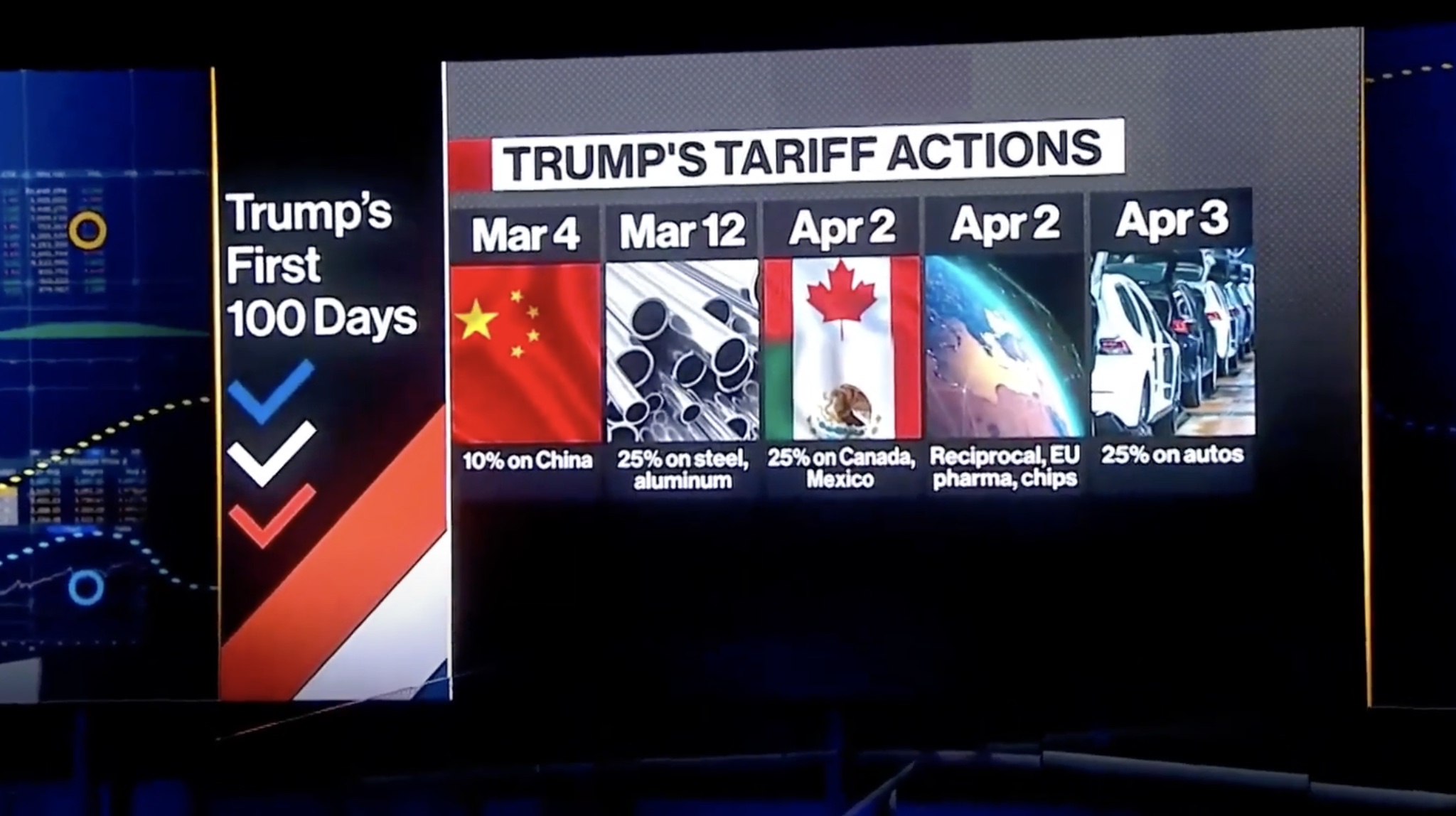
🏗️ Manufacturing: Rebuilding or Reeling?
American factories are facing mixed fortunes. While U.S.-based producers may benefit from reduced foreign competition, companies that rely on imported parts or raw materials are experiencing sudden cost shocks.
Example:
- U.S. auto manufacturers now pay 10%+ more for imported components, tightening margins even as they attempt to reshore.
📊 Insert chart here: “U.S. Manufacturing PMI vs Import Cost Index (2024–2025)”
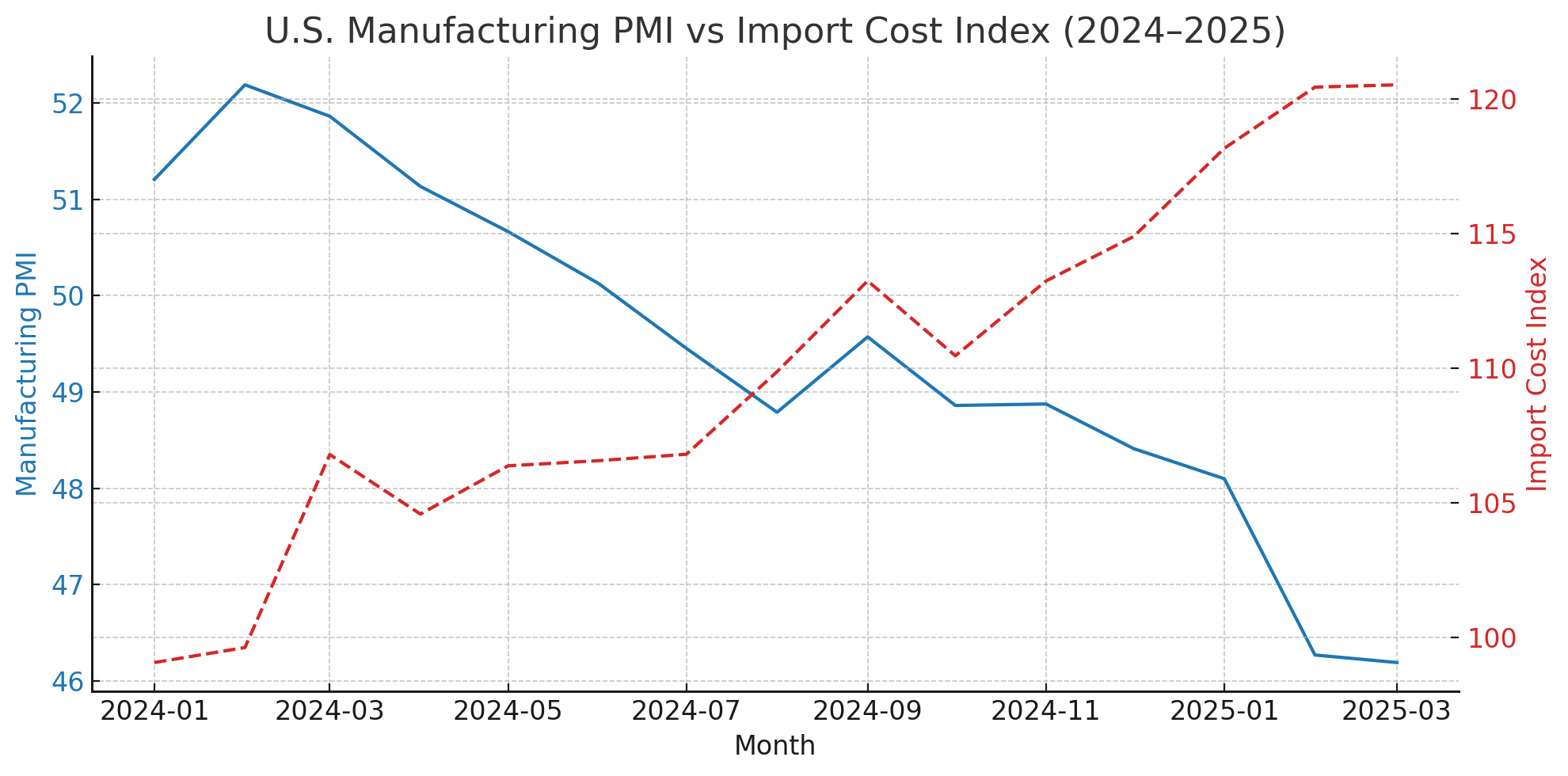
Source: BitVision.ai
🛋️ Retail & Home Goods: RH as a Case Study
One of the most visible victims of Trump’s tariff wave was RH (formerly Restoration Hardware). After Trump announced tariffs on Vietnam (46%) and China (34%), RH’s stock plummeted 44%, reflecting fears over increased costs in its heavily Asia-dependent supply chain.
“These tariffs essentially weaponize our sourcing map,” said one analyst. More details from Bloomberg News.
Many retailers, especially those selling furniture, fashion, and home electronics, are raising prices or slashing margins.
📉 Insert chart here: “Retail Stock Reactions to Tariff Announcements”
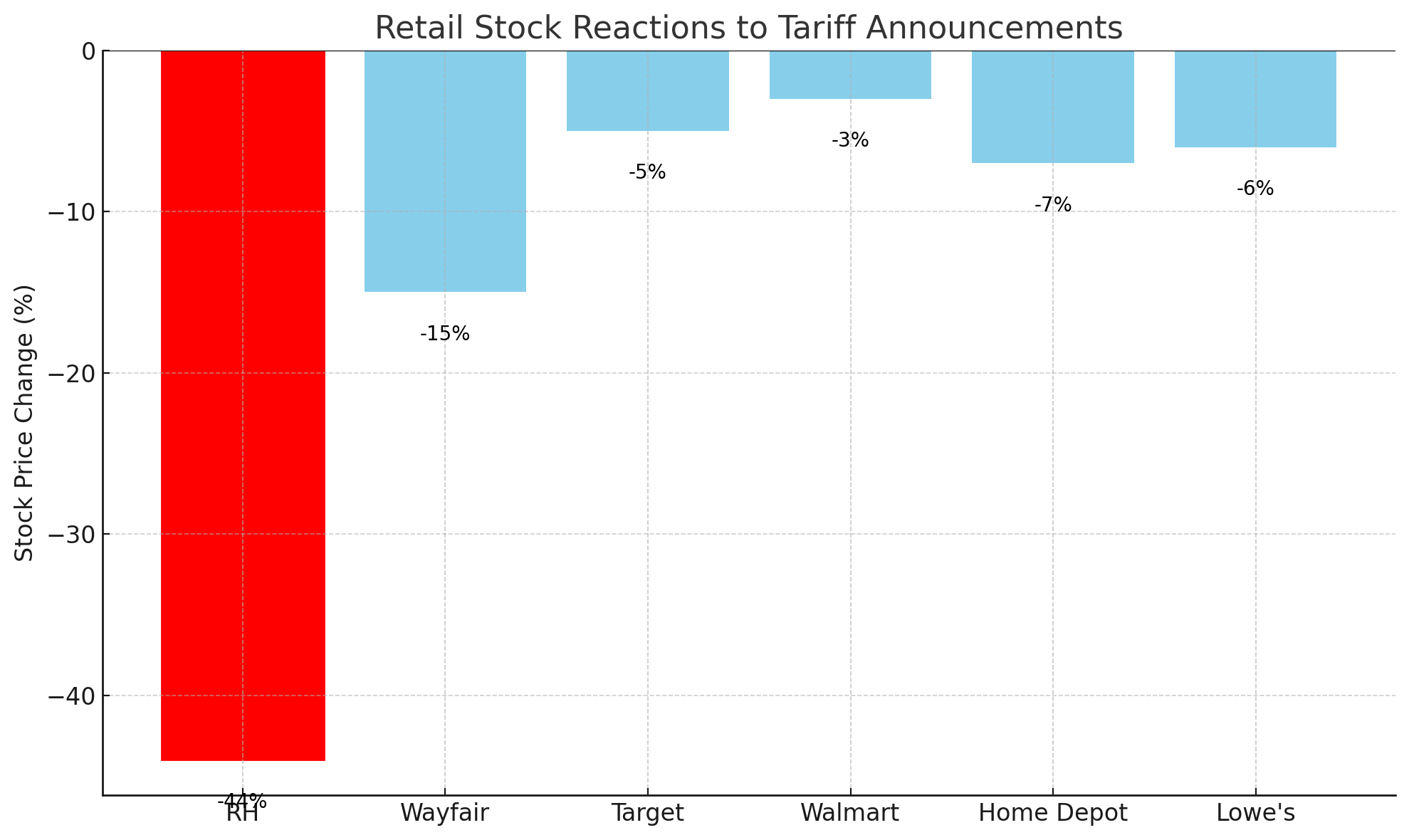
🛢️ Energy & Commodities: Price Turbulence
Some tariffs also impact the energy and raw materials sectors. Higher import taxes on industrial components will likely increase project costs for energy producers, particularly in solar, wind, and EV infrastructure.
Meanwhile, tariffs on agricultural goods and fertilizers from Asia are expected to inflate domestic food prices, adding to existing inflationary pressures.
🌾 Insert chart here: “Commodities Impact Forecast – Q2 2025”
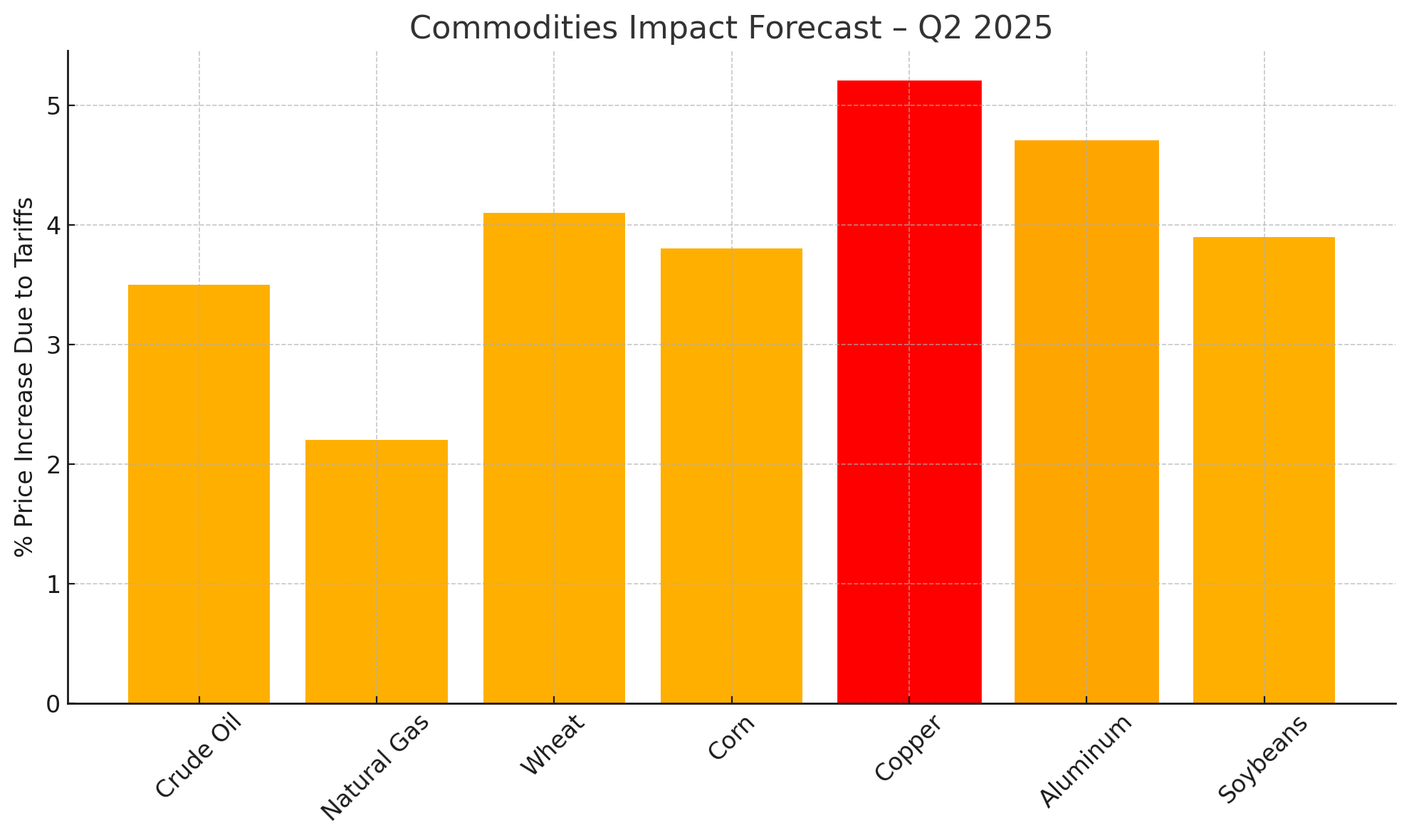
Source: BitVision.ai
💸 Inflation & Consumer Prices: The Silent Tax
Tariffs operate like a hidden tax on consumers. Companies pass higher import costs onto buyers, leading to inflation spikes in:
- Household goods
- Food and groceries
- Consumer electronics
- Automobiles
Economists estimate the 2025 tariff package could add 1.2% to core CPI by year-end.
🧾 Insert chart here: “Consumer Price Index Projection With and Without Tariffs”
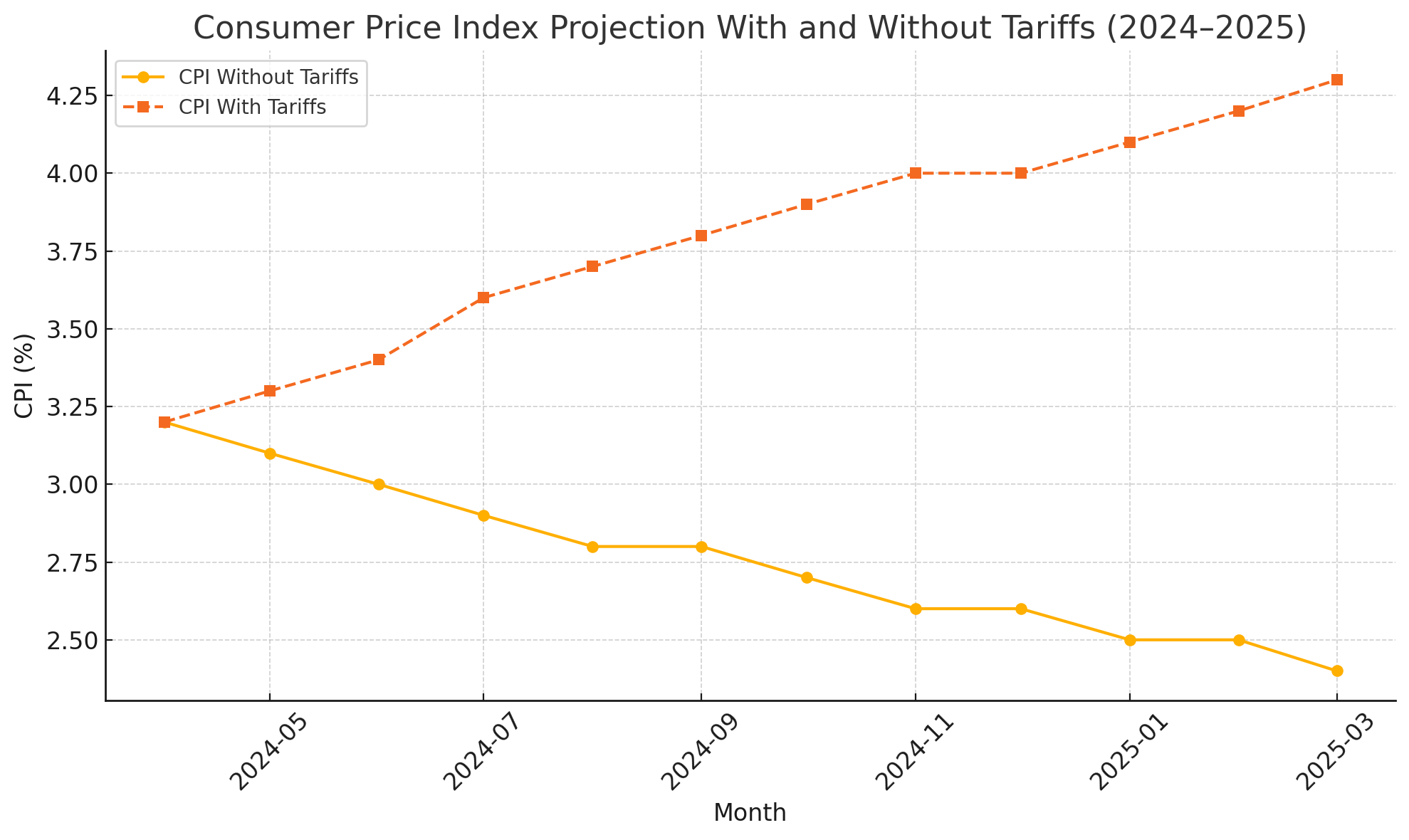
Source: BitVision.ai
💡 Strategic Sectors That Could Benefit
While many industries are reeling, some sectors stand to gain:
WinnersWhy
U.S. Steel & Aluminum Reduced competition from Asia
Domestic Manufacturing Tech New investment in automation
U.S. Agriculture (select) Trade re-routing via Canada & Mexico
Cybersecurity & Defense Nationalism fuels government contracts
🏭 Insert chart here: “Sector Gainers Post-Tariff Announcement”
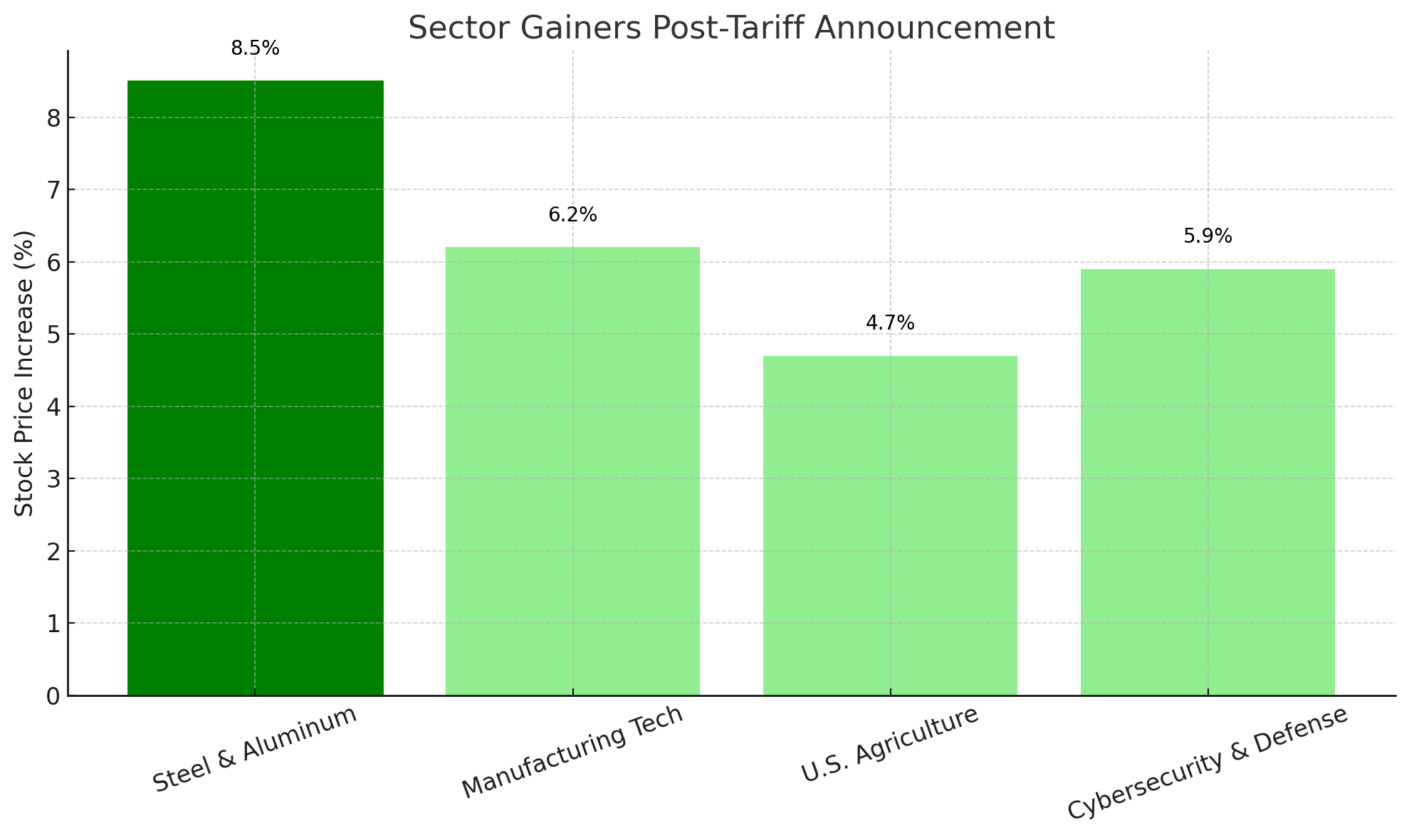
Source: BitVision.ai
🔮 Geopolitical Fallout & Global Retaliation
The international response has been swift. China, Vietnam, and India are considering retaliatory tariffs on U.S. exports, including:
- Aircraft parts
- Soybeans
- Medical devices
- Tech services
The WTO is under renewed strain as some nations weigh legal action against the U.S. for breaking global trade norms.
“Trade Retaliation Timeline – 2025″

Source: BitVision.ao
📌 Conclusion: A New Era of Economic Nationalism
Trump’s 2025 tariff plan is reshaping global supply chains and the entire economic worldview. With inflationary pressure rising, corporate margins thinning, and geopolitical friction heating up, investors, businesses, and consumers must brace for volatility.
Whether this strategy revives American industry or triggers a long-term global backlash remains to be seen, but one thing is clear: the age of low-cost, frictionless trade is behind us.
Want to explore the strange financial symbolism behind today’s market shifts?
🧸🔍 Read: “Roosevelt Bears and the XRP Revolution” — a quirky but revealing look into cartoon prophecy, digital assets, and modern market folklore.
